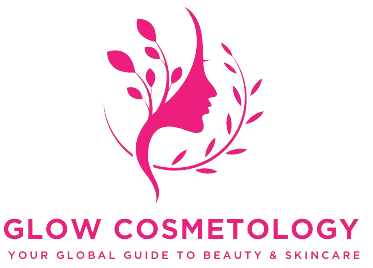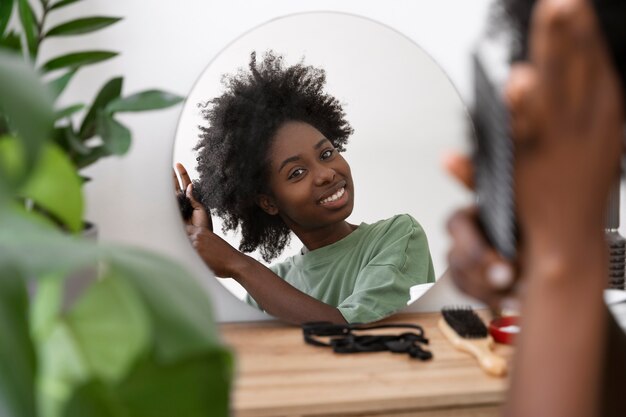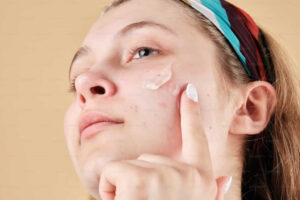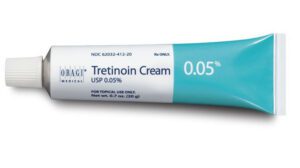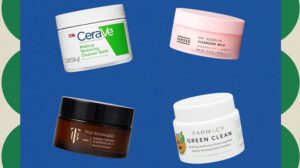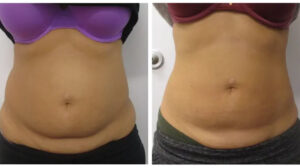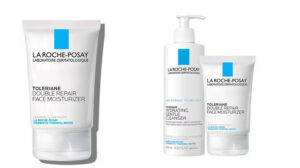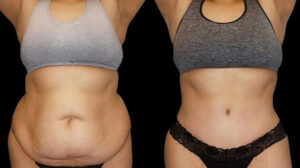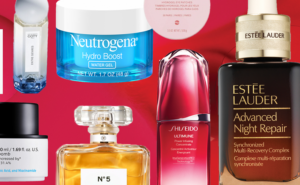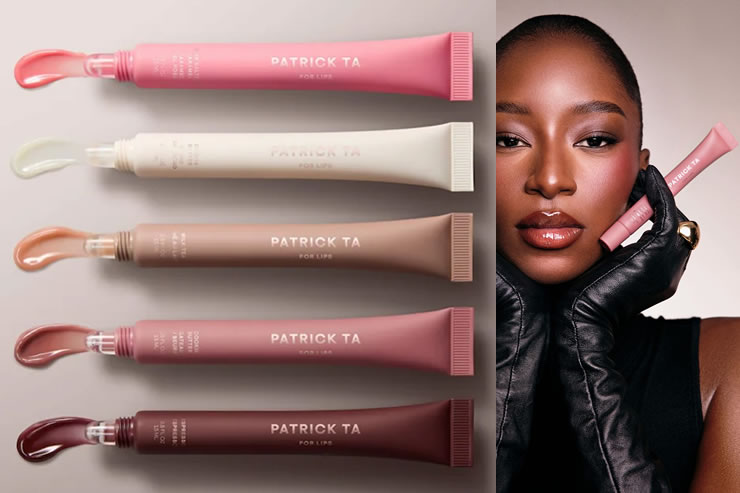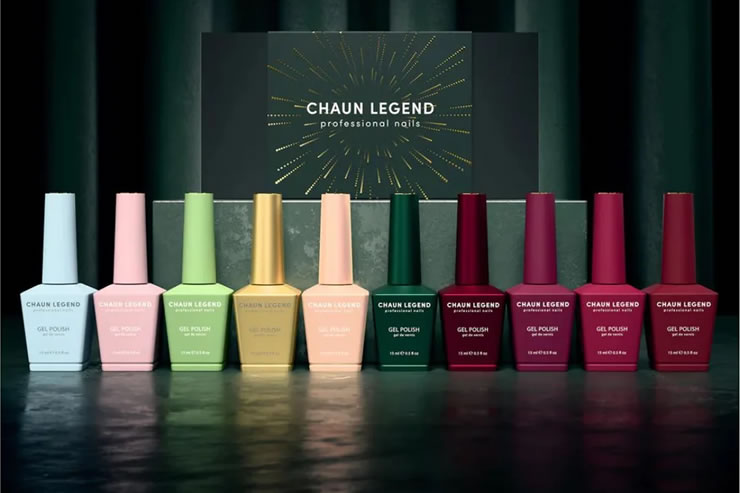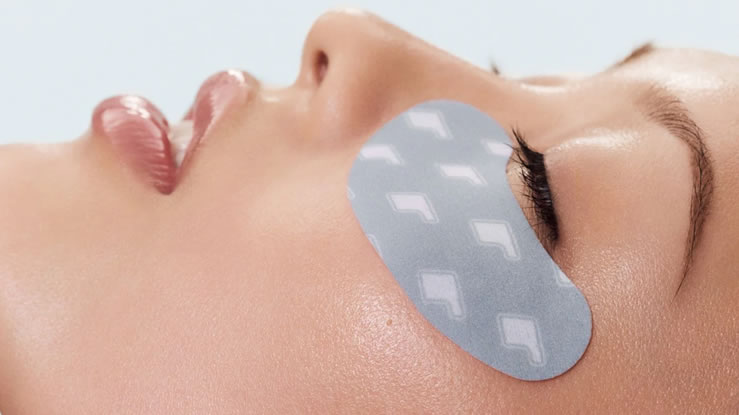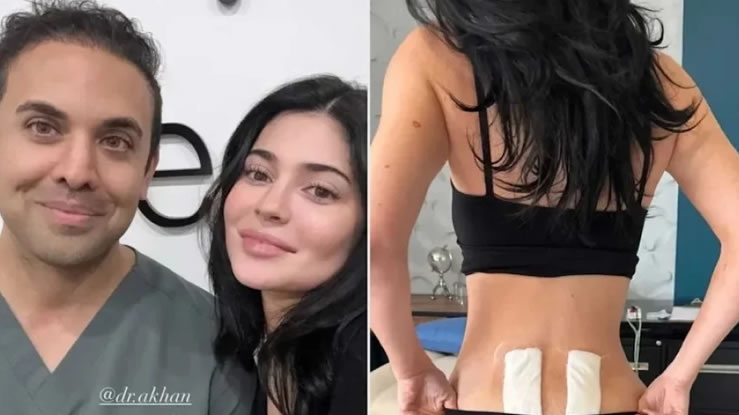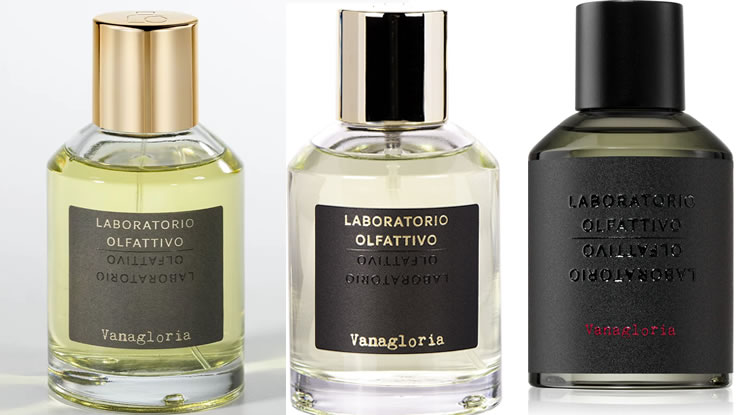Hair loss is one of those things that can silently eat away at your confidence. Whether it’s caused by stress, genetics, hormonal imbalance, or even harsh styling, a bald spot can feel like a stubborn enemy that refuses to go away. But the truth is, regrowing hair on a bald spot isn’t impossible; it just requires the right knowledge, patience, and consistency. In this article, we’ll explore both natural and clinical ways to help you restore your scalp, boost hair growth, and regain thicker, fuller hair.
Understanding Why Bald Spots Occur
Before diving into treatments, it’s essential to understand why bald spots appear in the first place. The most common causes include:
-
Androgenetic Alopecia (Male or Female Pattern Baldness): A hereditary condition where hair follicles gradually shrink and stop producing hair.
-
Alopecia Areata: An autoimmune condition where the immune system attacks hair follicles.
-
Traction Alopecia: Caused by excessive tension on the hair from tight hairstyles such as braids or ponytails.
-
Hormonal Imbalance: Changes in hormones, especially during pregnancy, menopause, or thyroid issues, can affect hair growth.
-
Stress: Chronic stress leads to a condition called telogen effluvium, where hair prematurely enters the shedding phase.
-
Poor Nutrition: Deficiency in key nutrients like iron, zinc, or biotin weakens hair roots.
Once you identify the underlying cause, it becomes easier to choose a suitable treatment plan that meets your scalp’s specific needs.
Step 1: Stimulate the Scalp
Healthy hair starts with a healthy scalp. Stimulating blood flow to the hair follicles encourages growth and prevents further hair loss.
-
Scalp Massage: Massage your scalp daily using circular motions with your fingertips or a scalp brush for 5–10 minutes. This improves circulation and nutrient delivery to follicles.
-
Essential Oils: Mix a few drops of rosemary, peppermint, or lavender oil with a carrier oil like jojoba or coconut oil. These oils are clinically proven to support hair regrowth and strengthen follicles.
-
Exfoliate the Scalp: Just like your skin, your scalp needs exfoliation to remove dead cells and product buildup that block hair follicles. Use a gentle exfoliating scrub once a week.
Step 2: Feed the Follicles
Your diet directly affects your hair’s health. Without proper nutrition, your follicles can’t produce strong strands.
-
Protein: Hair is made of keratin, a type of protein. Include lean meats, eggs, legumes, and nuts in your diet.
-
Iron and Zinc: These minerals help deliver oxygen to the follicles and support repair.
-
Biotin and Vitamin B Complex: Boosts keratin production and promotes stronger hair growth.
-
Omega-3 Fatty Acids: Found in fish, flaxseed, and walnuts, omega-3s nourish the scalp and reduce inflammation.
You can also add a hair-specific supplement if your diet lacks essential nutrients, but always consult a doctor before starting any supplement routine.
Step 3: Use Natural Growth Remedies
There are countless natural ingredients known for their hair-regrowing properties.
-
Aloe Vera: Soothes the scalp and unclogs hair follicles blocked by excess oil. Apply aloe vera gel to the bald spot twice a week.
-
Onion Juice: It may not smell pleasant, but onion juice is rich in sulfur, which boosts collagen production and blood flow to the scalp.
-
Castor Oil: Contains ricinoleic acid, which increases circulation and strengthens the roots. Warm it up before applying to the scalp.
-
Green Tea: Packed with antioxidants, green tea can help stimulate follicles and reduce hair loss caused by hormonal imbalance.
Apply these treatments consistently for visible results, usually within 3 to 6 months.
Step 4: Adopt Healthy Hair Habits
Sometimes, regrowth isn’t just about what you apply; it’s also about what you stop doing.
-
Avoid Tight Hairstyles: Constant tension can cause permanent follicle damage. Opt for loose styles.
-
Reduce Heat Styling: Excess heat from flat irons or blow dryers weakens the hair shaft and increases breakage.
-
Switch to Sulfate-Free Products: Harsh chemicals strip natural oils and irritate the scalp. Choose gentle, nourishing formulas.
-
Protect Your Hair While Sleeping: Use silk or satin pillowcases to reduce friction that leads to breakage.
Step 5: Medical and Advanced Options
If natural remedies don’t show significant improvement, several clinical options can effectively promote hair regrowth.
-
Minoxidil (Rogaine): A topical treatment approved by dermatologists that encourages follicles to enter the growth phase. It’s available over the counter.
-
Platelet-Rich Plasma (PRP) Therapy: Involves injecting your own platelets into the scalp to stimulate hair follicles naturally.
-
Low-Level Laser Therapy (LLLT): Uses light therapy to boost cell activity in the follicles and encourage hair growth.
-
Microneedling: Creates tiny punctures on the scalp to increase collagen and enhance absorption of hair growth serums.
-
Hair Transplant: A surgical procedure where hair follicles from dense areas are transplanted to the bald spot. This is usually a last resort for long-term baldness.
Step 6: Manage Stress and Hormones
Stress and hormonal imbalance play huge roles in hair health.
-
Practice Stress Relief: Meditation, yoga, or breathing exercises can lower cortisol levels, which affect hair shedding.
-
Sleep Well: Aim for 7–8 hours of sleep to allow the body to repair itself.
-
Check Your Hormones: If hair loss is sudden or severe, consider getting tested for thyroid or estrogen levels.
Step 7: Stay Consistent and Patient
Hair regrowth takes time. Most treatments take at least 3 months to show noticeable changes, and consistency is everything. Track your progress with pictures, avoid comparing your journey to others, and trust the process.
Regrowing hair on a bald spot isn’t magic; it’s a combination of care, nutrition, and commitment. Start with understanding your scalp, nourish it from within, and supplement your efforts with the right treatments. The most important ingredient in this process is patience.
Healthy, thick hair is absolutely achievable when you give your scalp the love and attention it deserves. With the right mindset and consistent effort, your bald spot can become just another chapter in your self-care success story.
